Why Spain is a great place for kids
Choosing the city that's right for you
Choosing the visa that's right for you
More than just great weather
Why Spain provides a better quality of life
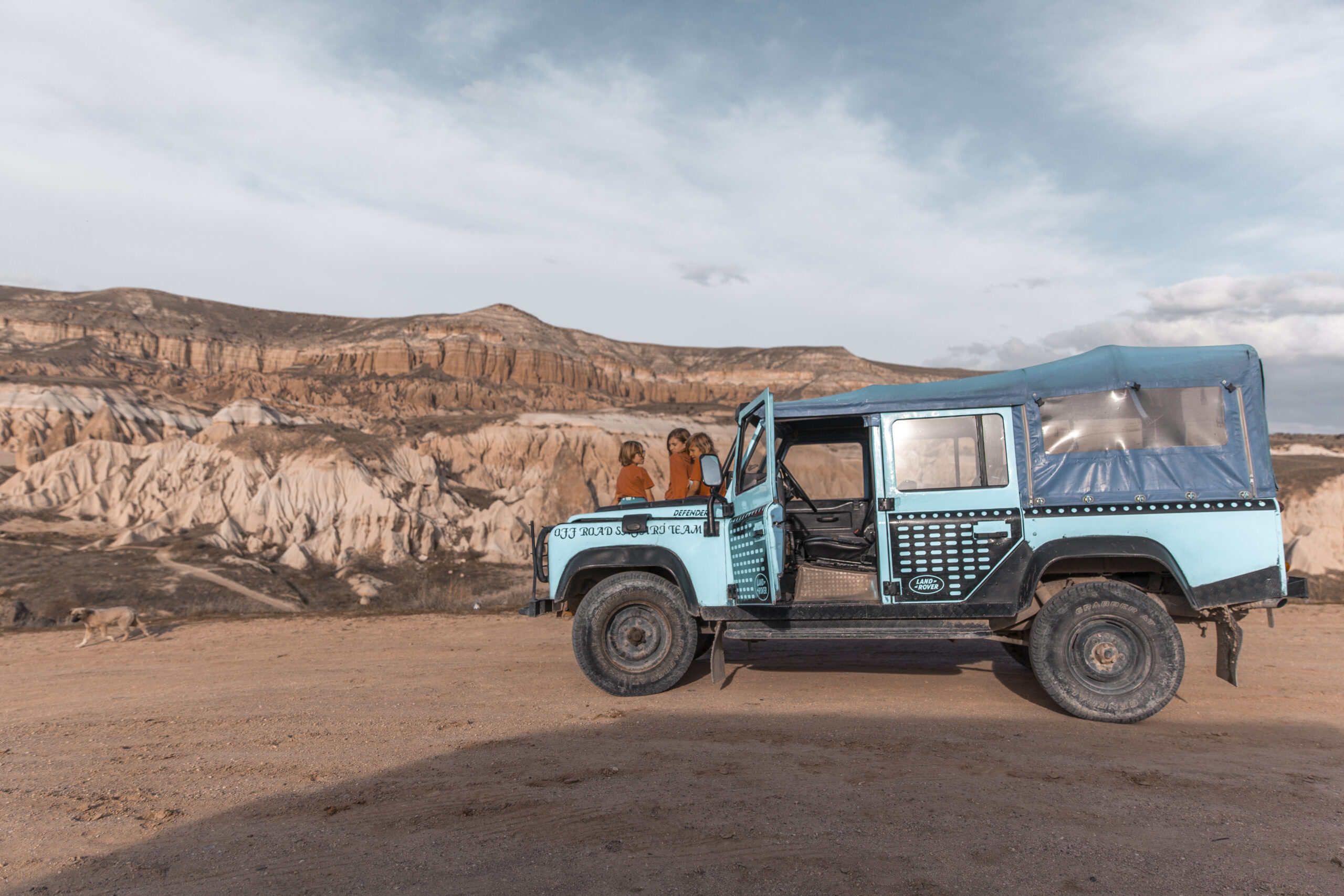
How we Plan
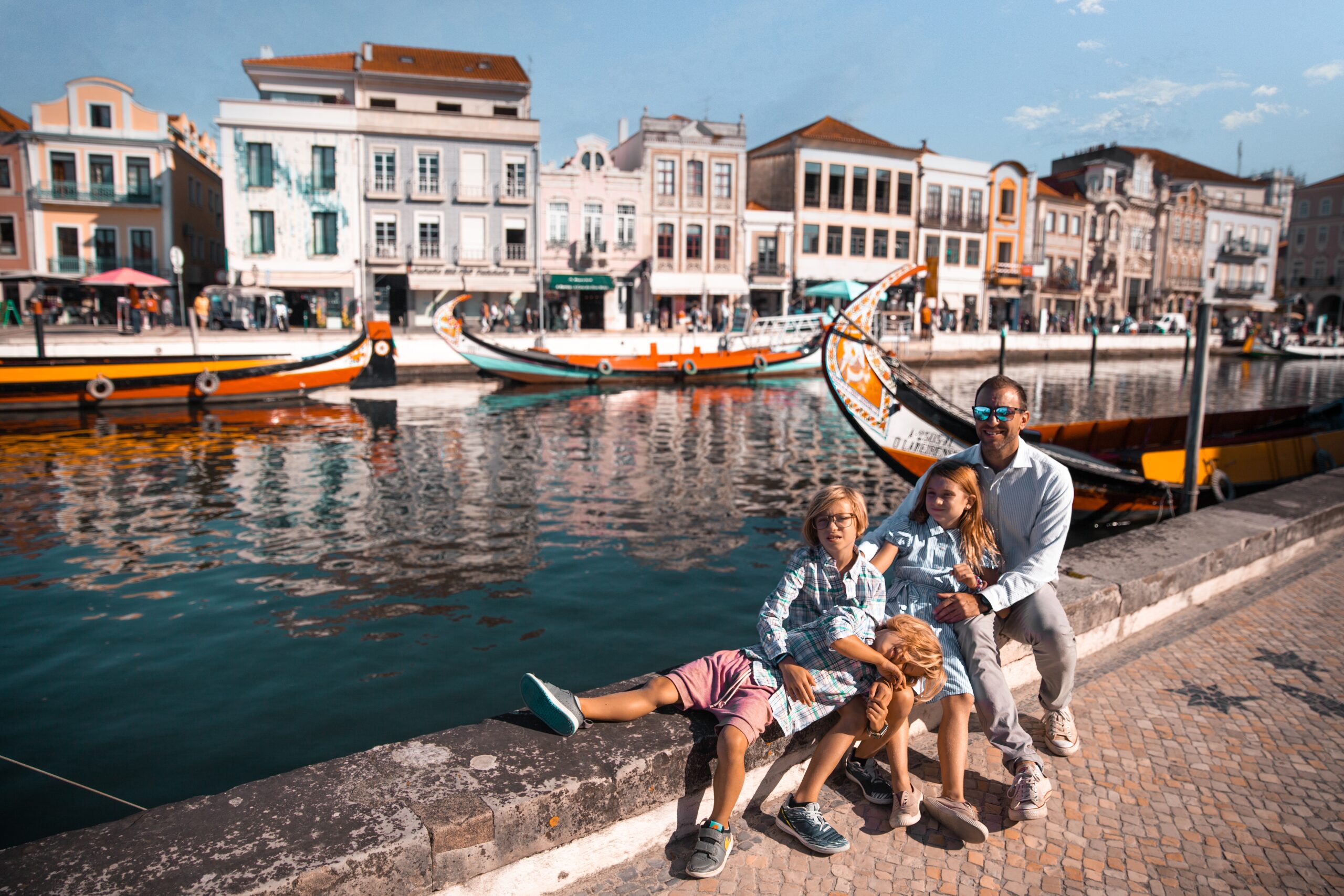
What we pack
Choosing Travel Insurance
Book Your Hotel
with Booking.com
Book Your Car
with RentalCars.com
Book Your Flight
with Skyscanner.com
Book Your Tour
with GetYourGuide.com
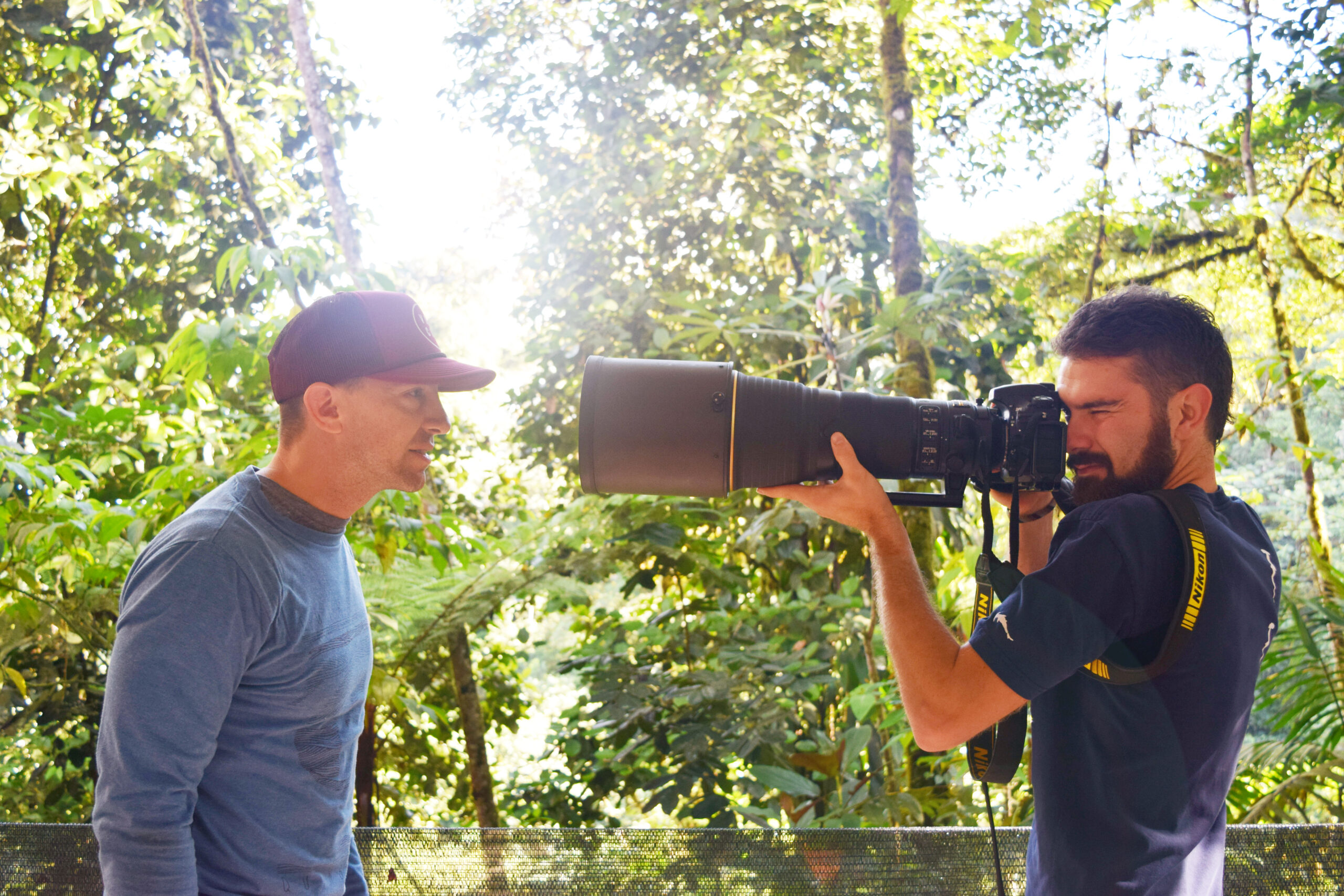
Our Camera Gear
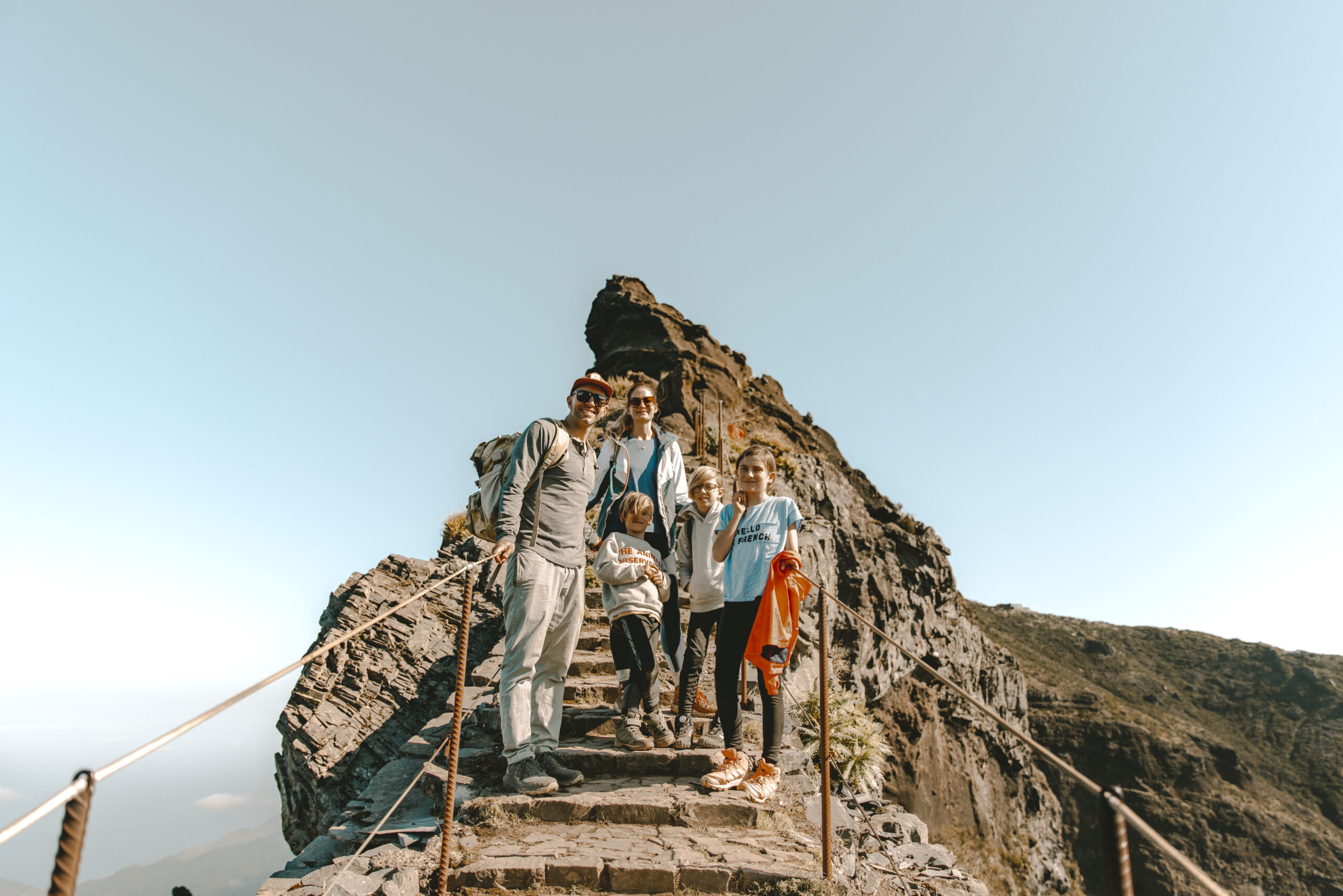
How We Fly
Choosing Your Destination
Guide to...
Peru
Peru, where ancient civilizations, awe-inspiring landscapes, and culinary delights converge to offer travelers an unforgettable exploration of history, culture, and natural wonders amidst the majestic Andes Mountains and the enigmatic ruins of Machu Picchu.
- Machu Picchu
- Amazon
- Lake Titicaca
- Cusco
- Salkantay Trek
- Stavanger
- Waterfalls
Map
Weather
Itineraries
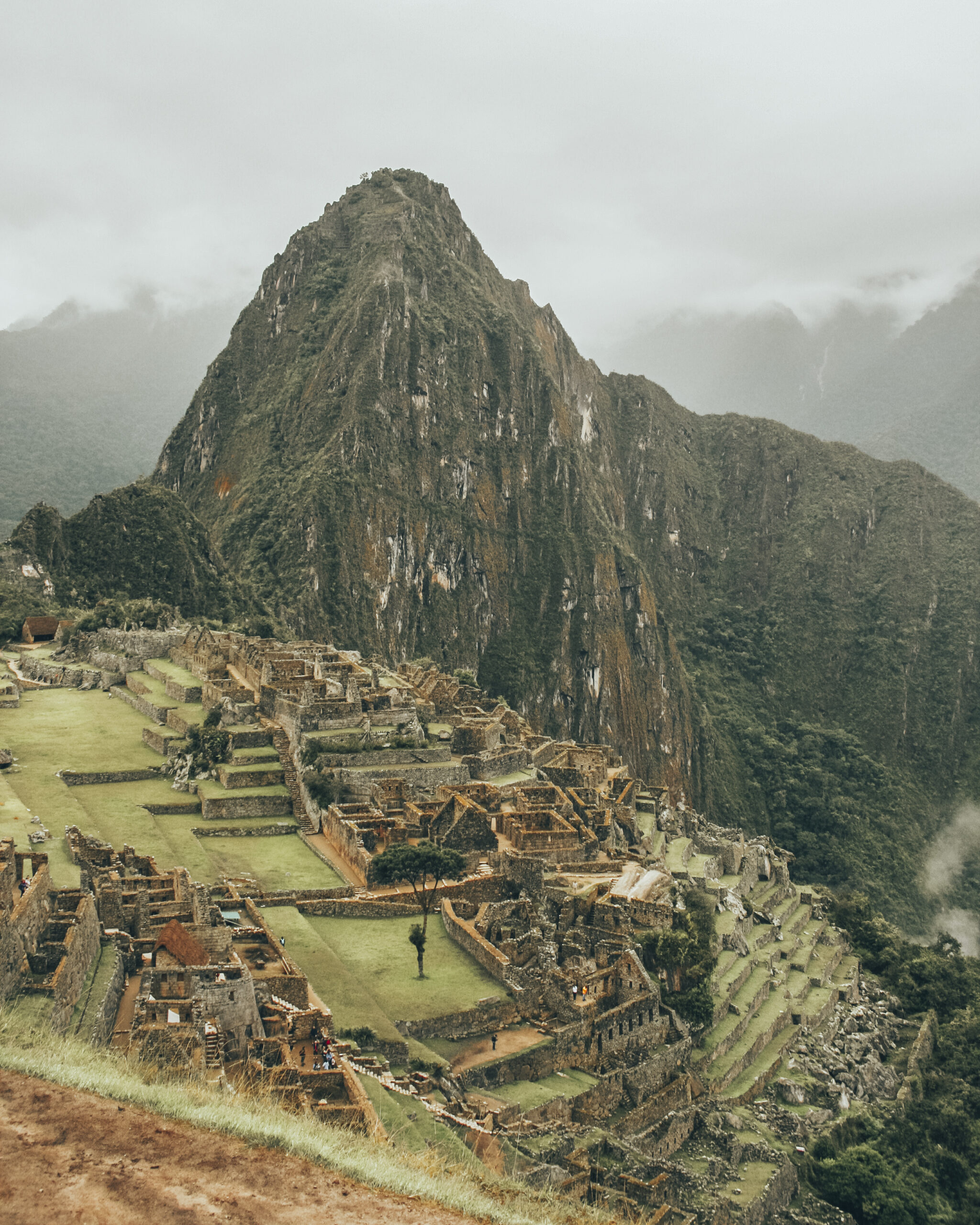
Coming Soon...
peru
Top Five Restaurants in peru
Cicciolina is a renowned restaurant located in the heart of Cuzco, offering a delightful fusion of Peruvian and Mediterranean cuisines. Known for its cozy ambiance and exceptional service, this restaurant is a must-visit for food enthusiasts. The menu features fresh, locally sourced ingredients, and the tapas are particularly popular among patrons.
Located within the Museum of Pre-Columbian Art, MAP Café is an elegant dining spot that offers a contemporary twist on traditional Peruvian dishes. The glass-enclosed dining area provides a unique atmosphere, allowing guests to enjoy their meals while surrounded by the museum’s beautiful courtyard. The tasting menu is highly recommended for a comprehensive culinary experience.
Limo Cocina Peruana & Pisco Bar is famous for its spectacular views of the Plaza de Armas and its innovative seafood dishes. The restaurant combines traditional Peruvian flavors with Japanese techniques, resulting in a unique Nikkei cuisine. Don’t miss out on their extensive selection of pisco-based cocktails, which perfectly complement the menu.
Owned by the celebrated Peruvian chef Gastón Acurio, Chicha offers a gourmet take on traditional Andean cuisine. The menu features a variety of dishes that highlight local ingredients and flavors, making it a favorite among both locals and tourists. The restaurant’s vibrant and welcoming atmosphere adds to the overall dining experience.
For those craving a hearty meal, Uchu Peruvian Steakhouse is the place to go. Specializing in Peruvian-style grilled meats, this restaurant offers a diverse menu that includes alpaca, beef, and chicken dishes, all cooked to perfection. The rustic yet stylish décor and attentive service make Uchu a standout choice in Cuzco.
Top Five hotels in peru
Belmond Hotel Monasterio offers a luxurious experience in a converted 16th-century monastery. Located just steps from the vibrant Plaza de Armas, this hotel combines historical charm with modern comforts. Guests can enjoy the serene courtyards, gourmet dining, and personalized service, making it an ideal choice for those seeking a blend of culture and luxury.
Housed in a beautifully restored convent, JW Marriott El Convento Cusco provides a unique blend of historical elegance and contemporary amenities. The hotel features spacious rooms with oxygen enrichment systems to help guests adjust to the high altitude, a full-service spa, and exquisite dining options, ensuring a comfortable and memorable stay.
Located in a 500-year-old mansion, Palacio del Inka offers an immersive experience into Cuzco’s rich history. The hotel’s opulent interiors, adorned with colonial artwork and antiques, create a regal atmosphere. Guests can indulge in the full-service spa, dine at the exquisite restaurant, and explore nearby historical sites with ease.
Aranwa Cusco Boutique Hotel is set in a meticulously restored colonial mansion, featuring elegant rooms with period furnishings and modern amenities. The hotel boasts a charming courtyard, a cozy bar, and an on-site museum showcasing colonial art and artifacts. Its central location makes it an excellent base for exploring the city’s attractions.
Casa Cartagena Boutique Hotel & Spa offers an exclusive and intimate stay with only 16 suites, each uniquely decorated with a blend of colonial and contemporary styles. The hotel features a luxurious spa, a fine dining restaurant, and lush gardens. Its tranquil setting and personalized service make it a perfect retreat for discerning travelers.
FAQ's
What are the main things to do with kids in Peru?
Peru offers a variety of kid-friendly activities and attractions. Here are some of the main things to do with kids in Peru:
1. Visit Machu Picchu: While the hike might be challenging for younger children, older kids will be fascinated by the ancient Inca ruins.
2. Explore the Amazon Rainforest: Take a family-friendly tour to learn about the diverse flora and fauna. Many lodges offer kid-oriented activities.
3. Discover the Nazca Lines: Take a flight over these mysterious ancient geoglyphs, which will spark children’s imagination.
4. Visit the Larco Museum in Lima: This museum offers a great introduction to Peru’s ancient history, with a vast collection of pre-Columbian art.
5. Sandboarding in Huacachina: Kids will love sliding down the sand dunes in this desert oasis.
6. Meet llamas and alpacas: Visit a llama or alpaca farm to learn about these friendly Andean animals.
7. Explore the Islas Ballestas: Take a boat tour to see penguins, sea lions, and various bird species.
8. Visit the Chocolate Museum in Cusco: Learn about the history of chocolate and participate in workshops to make your own.
9. Ride the Andean Explorer train: This scenic train journey from Cusco to Puno offers stunning views of the Andean landscape.
10. Attend festivals: Peru has many colorful festivals throughout the year, such as Inti Raymi (Festival of the Sun) in Cusco, which can be a fun and educational experience for children.
Remember to consider the age and interests of your children when planning activities, and ensure that they are physically prepared for any hiking or high-altitude excursions.
What is Peru famous for?
Peru is famous for many things, including:
1. Machu Picchu: This ancient Inca citadel is a UNESCO World Heritage Site and one of the most iconic landmarks in South America.
2. The Amazon Rainforest: Peru is home to a large portion of the Amazon, which boasts incredible biodiversity.
3. Rich history and ancient civilizations: Peru was home to several ancient civilizations, including the Inca, Nazca, and Moche.
4. Peruvian cuisine: Peruvian food, such as ceviche, lomo saltado, and ají de gallina, has gained international recognition for its unique flavors and ingredients.
5. Andean culture: Peru’s Andean region is known for its vibrant indigenous culture, colorful textiles, and traditional music.
6. Nazca Lines: These enigmatic geoglyphs, etched into the desert floor, have fascinated people for decades.
7. Diverse landscapes: From the Pacific coast to the Andes Mountains and the Amazon basin, Peru boasts an incredibly diverse geography.
8. Cusco and the Sacred Valley: These historic sites were the heart of the Inca Empire and are now popular tourist destinations.
9. Lake Titicaca: The world’s highest navigable lake, shared by Peru and Bolivia, is known for its unique floating islands.
10. Exotic animals: Peru is home to diverse wildlife, including llamas, alpacas, condors, and spectacled bears.
11. Colorful festivals: Peruvian festivals, such as Inti Raymi and the Festival of the Virgin of Candelaria, showcase the country’s vibrant culture and traditions.
What power plug type does Peru use?
Peru uses two types of electrical outlets and plugs:
1. Type A: This is the standard North American plug, also known as the “flat blade attachment plug.” It has two flat parallel pins.
2. Type C: This European-style plug, also known as the “Europlug,” has two round pins.
The standard voltage in Peru is 220V, and the frequency is 60Hz. This is different from countries like the United States, which use 110V at 60Hz.
If you’re traveling to Peru from a country that uses a different voltage or plug type, you’ll need a voltage converter and a plug adapter. It’s important to check the voltage requirements of your electronic devices before plugging them in to avoid damage.
Some newer hotels and accommodations in Peru may have outlets that accept other plug types, such as Type G (UK) or Type I (Australia). However, it’s always a good idea to carry a universal adapter just in case.
Is Peru safe?
Peru is generally considered a safe country for tourists, but like any destination, it has its risks. Petty crime, such as pickpocketing and bag-snatching, is the most common issue faced by tourists, particularly in crowded areas and public transportation in larger cities like Lima and Cusco.
Here are some safety tips for traveling in Peru:
1. Be vigilant in crowded areas and keep your belongings secure.
2. Avoid carrying large amounts of cash or wearing expensive jewelry.
3. Use registered taxis or ride-sharing services instead of hailing cabs on the street.
4. Be cautious when withdrawing money from ATMs, especially at night.
5. Stick to well-traveled areas and avoid walking alone at night.
6. Be aware of altitude sickness, especially when visiting high-altitude areas like Cusco and Machu Picchu.
7. Only book tours with reputable companies and guides.
8. Stay informed about current events and follow local news for any updates on demonstrations or unrest, which can occasionally occur in Peru.
9. Be cautious when accepting food or drink from strangers, as there have been incidents of drugging leading to robbery.
10. If you’re traveling to the Amazon region, take necessary precautions against insects and tropical diseases.
As with any travel destination, it’s essential to exercise common sense, stay aware of your surroundings, and follow local advice. If you take the necessary precautions, you can have a safe and enjoyable trip to Peru.
When is the best time to travel to Peru?
The best time to travel to Peru depends on the regions you plan to visit and the activities you want to do. Peru has diverse geography, and the climate varies accordingly. Here’s a general overview:
1. Machu Picchu and the Andes (Cusco, Sacred Valley):
– The dry season (April to October) is the best time to visit, with clear skies and mild temperatures.
– The peak tourist season is from June to August, which coincides with Peruvian holidays and festivals.
– The wet season (November to March) sees fewer crowds, but the Inca Trail is closed in February for maintenance.
2. Lima and the coastal regions:
– The best time to visit is during the summer (December to April), when temperatures are warm and skies are clear.
– Winter (May to November) is cooler and often overcast, with a persistent garúa (misty drizzle).
3. The Amazon rainforest (Puerto Maldonado, Iquitos):
– The dry season (May to October) is the best time for wildlife spotting, as animals congregate around shrinking rivers and watering holes.
– The wet season (November to April) sees lush vegetation and higher water levels, making it easier to navigate rivers by boat.
4. Northern Peru (Trujillo, Chiclayo):
– The best time to visit is during the dry season (May to September), with pleasant temperatures and little rain.
– The wet season (October to April) is warmer, with occasional rainfall.
Overall, the most popular time to visit Peru is during the dry season (April to October), especially if you’re planning to visit Machu Picchu and the Andean region. However, if you don’t mind a little rain and want to avoid peak tourist crowds, consider visiting during the shoulder months (April to May or September to October) or focusing on the coastal regions during their summer months.
Where to travel in Peru?
Peru offers a wide range of destinations for travelers, depending on your interests. Here are some of the most popular places to visit:
1. Machu Picchu and the Sacred Valley: This iconic Inca citadel is a must-see for most visitors to Peru. The nearby Sacred Valley is also home to impressive ruins and stunning landscapes.
2. Cusco: The former capital of the Inca Empire, Cusco is a beautiful colonial city with a rich history and vibrant culture.
3. Lima: Peru’s capital city is known for its excellent cuisine, vibrant nightlife, and historical attractions, such as the Larco Museum and the Plaza de Armas.
4. Arequipa: Nicknamed the “White City” for its white volcanic stone buildings, Arequipa offers a mix of colonial architecture, delicious food, and outdoor adventures in the nearby Colca Canyon.
5. Lake Titicaca: The world’s highest navigable lake, straddling the border between Peru and Bolivia, is known for its unique floating islands and indigenous communities.
6. Iquitos and the Peruvian Amazon: The largest city in the Peruvian Amazon, Iquitos is a gateway to the rainforest and its diverse wildlife.
7. Nazca and Paracas: The Nazca Lines are mysterious ancient geoglyphs etched into the desert, while the nearby Paracas National Reserve offers stunning coastal landscapes and diverse marine life.
8. Trujillo and Chiclayo: These northern cities are known for their pre-Inca ruins, such as Chan Chan and Sipán, as well as their colonial architecture and lively culture.
9. Huaraz and the Cordillera Blanca: This Andean region is a paradise for outdoor enthusiasts, with stunning mountain scenery, glacial lakes, and opportunities for hiking and climbing.
10. Choquequirao: Often called the “sister city” of Machu Picchu, this remote Inca ruin offers a challenging trek and a less-crowded alternative to its famous counterpart.
When planning your trip, consider your interests, time constraints, and physical abilities, as some destinations may involve high altitudes or strenuous activities.
What documents do I need to travel to Peru
To travel to Peru, you’ll need the following documents:
1. Valid Passport: Your passport must be valid for at least six months beyond your planned stay in Peru.
2. Peruvian Visa (if applicable): Many nationalities, including citizens of the United States, Canada, the United Kingdom, and most European Union countries, do not need a visa for tourist stays up to 90 days. However, check with the Peruvian embassy or consulate in your country to confirm if you need a visa based on your nationality and the purpose of your visit.
3. Andean Immigration Card (TAM): You’ll receive this card upon arrival in Peru, which you must fill out and present to immigration authorities. Keep this card safe, as you’ll need to present it again when you leave the country.
4. Proof of Onward Travel: Some airlines may require proof of onward travel, such as a return ticket or a ticket to another destination, to ensure that you don’t overstay your allowed time in Peru.
5. Vaccination Certificates (if applicable): Depending on your travel plans and the regions you’ll visit, you may need certain vaccinations, such as yellow fever. Check with your healthcare provider and the Peruvian embassy for current requirements.
6. Travel Insurance Documentation: While not mandatory, it’s highly recommended to have travel insurance that covers medical emergencies, trip cancellations, and other unforeseen events.
7. Copies of Important Documents: It’s a good idea to carry photocopies of your passport and other important documents, as well as keep digital copies stored securely online.
Remember to check the most up-to-date information with the Peruvian embassy or consulate, as entry requirements may change. Additionally, if you’re traveling with minors, you may need additional documentation, such as birth certificates or parental consent forms.
How to travel to Peru?
To travel to Peru, you have several options depending on your location and preferred mode of transportation:
1. By Air:
– International flights: The main international airport in Peru is Jorge Chávez International Airport (LIM) in Lima. Many major cities worldwide have direct flights or connections to Lima.
– Domestic flights: Once in Lima, you can take domestic flights to other cities like Cusco, Arequipa, Iquitos, and Trujillo.
2. By Land:
– From neighboring countries: If you’re already in South America, you can enter Peru by land from Ecuador, Colombia, Brazil, Bolivia, or Chile.
– Bus: Long-distance buses connect Peru with neighboring countries and are a common way to travel between cities within Peru. Bus companies like Cruz del Sur and Ormeño offer comfortable seats and reliable service.
– Train: Peru has limited train services, with the most popular being the PeruRail and Inca Rail, connecting Cusco to Machu Picchu.
– Car: Renting a car or hiring a driver can be an option for exploring Peru, but be aware that some roads may be in poor condition, especially in remote areas.
3. By Sea:
– Cruises: Some cruise lines offer itineraries that include stops in Peruvian ports, such as Callao (near Lima), Pisco, and Salaverry (near Trujillo).
When planning your travel, consider the following:
– Book flights and accommodations in advance, especially during peak tourist seasons.
– Allow extra time for layovers and connections, as flight delays are not uncommon.
– Be prepared for high altitudes in Andean cities like Cusco and Puno, and take necessary precautions to prevent altitude sickness.
– Check the weather conditions and pack accordingly, as temperatures and rainfall can vary greatly depending on the region and time of year.
– Consider purchasing travel insurance to cover any unforeseen events or emergencies.
Remember to always check the latest travel advisories and restrictions related to COVID-19 or other events before finalizing your travel plans.

